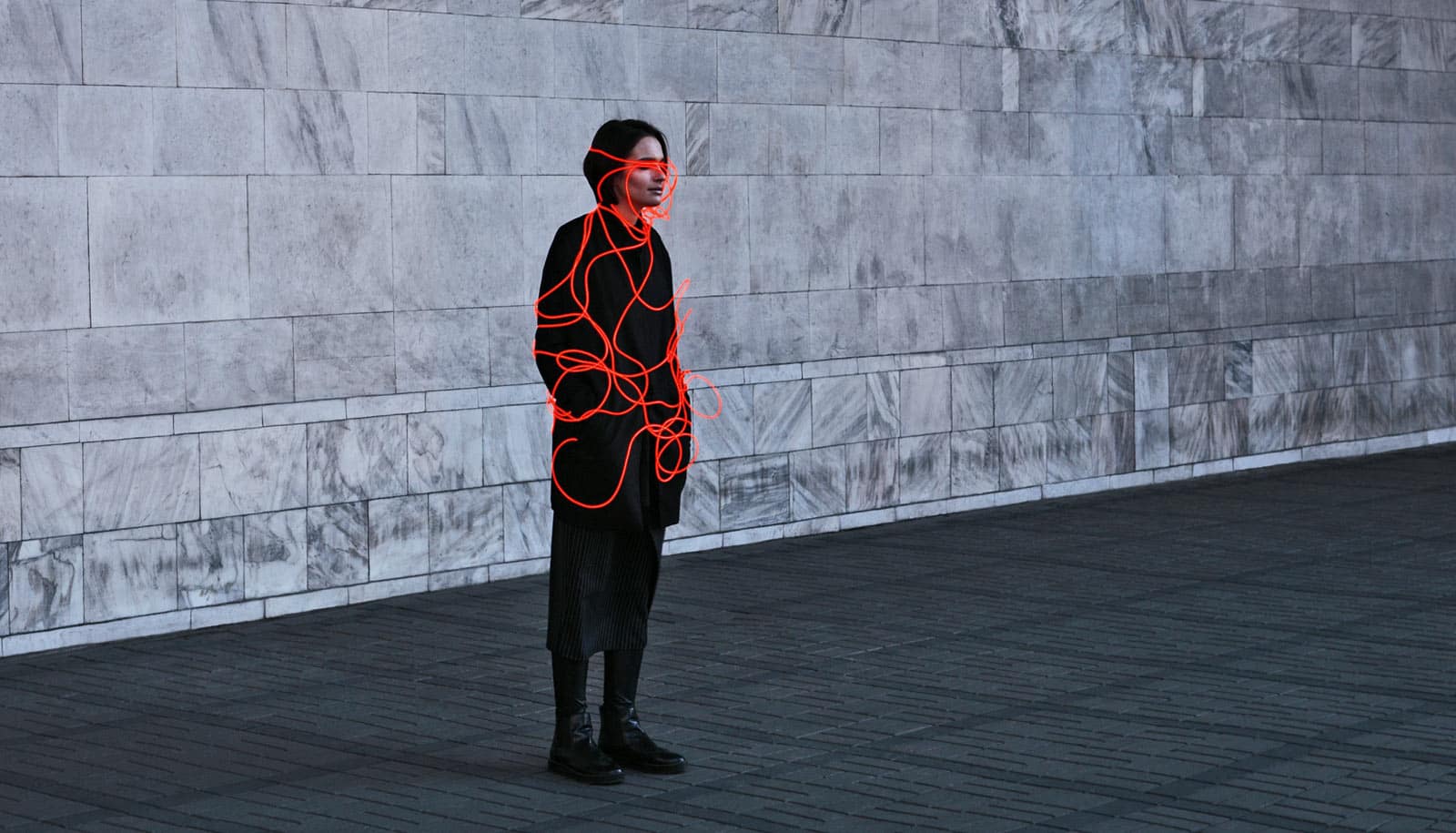Researchers have created a blood test that can flag chronic fatigue syndrome, which currently lacks a standard, reliable diagnostic test.
People with the debilitating and often discounted disease may soon have scientific proof of their ailment.
“Too often, this disease is categorized as imaginary,” says Ron Davis, professor of biochemistry and of genetics at the Stanford University School of Medicine. When individuals with chronic fatigue syndrome seek help from a doctor, they may undergo a series of tests that check liver, kidney, and heart function, as well as blood and immune cell counts, Davis says. “All these different tests would normally guide the doctor toward one illness or another, but for chronic fatigue syndrome patients, the results all come back normal,” he says.
The problem, he says, is that they’re not looking deep enough. Now, Davis; Rahim Esfandyarpour, a former Stanford research associate; and their colleagues have devised a blood-based test that successfully identified participants in a study with chronic fatigue syndrome.
The test, which is still in a pilot phase, is based on how a person’s immune cells respond to stress. With blood samples from 40 people—20 with chronic fatigue syndrome and 20 without—the test yielded precise results, accurately flagging all chronic fatigue syndrome patients and none of the healthy individuals.
The diagnostic platform could even help identify possible drugs to treat chronic fatigue syndrome. By exposing the participants’ blood samples to drug candidates and rerunning the diagnostic test, the scientists could potentially see whether the drug improved the immune cells’ response. Already, the team is using the platform to screen for potential drugs they hope can help people with chronic fatigue syndrome down the line.
A paper describing the research findings appears in the Proceedings of the National Academy of Sciences. Davis is the senior author. Esfandyarpour, who is now on the faculty of the University of California-Irvine, is the lead author.
Salty stress test
The diagnosis of chronic fatigue syndrome, when it happens, is based on symptoms—exhaustion, sensitivity to light, and unexplained pain, among other things—and it comes only after the elimination of other disease possibilities. It is also known as myalgic encephalomyelitis and has the acronym ME/CFS. An estimated 2 million people in the United States have chronic fatigue syndrome, but that’s a rough guess, Davis says, and it’s likely much higher.
“We clearly see a difference in the way healthy and chronic fatigue syndrome immune cells process stress.”
For Davis, the quest to find scientific evidence of the malady is personal. It comes from a desire to help his son, who has suffered from ME/CFS for about a decade. In fact, it was a biological clue that Davis first spotted in his son that led him and Esfandyarpour to develop the new diagnostic tool.
The approach, of which Esfandyarpour led the development, employs a “nanoelectronic assay,” which is a test that measures changes in miniscule amounts of energy as a proxy for the health of immune cells and blood plasma. The diagnostic technology contains thousands of electrodes that create an electrical current, as well as chambers to hold simplified blood samples composed of immune cells and plasma. Inside the chambers, the immune cells and plasma interfere with the current, changing its flow from one end to another. The change in electrical activity directly correlates with the health of the sample.
The idea is to stress the samples from both healthy and ill patients using salt, and then compare how each sample affects the flow of the electrical current. Changes in the current indicate changes in the cell: the bigger the change in current, the bigger the change on a cellular level. A big change is not a good thing; it’s a sign that the cells and plasma are flailing under stress and incapable of processing it properly. All of the blood samples from ME/CFS patients created a clear spike in the test, whereas those from healthy controls returned data that was on a relatively even keel.
“We don’t know exactly why the cells and plasma are acting this way, or even what they’re doing,” Davis says. “But there is scientific evidence that this disease is not a fabrication of a patient’s mind. We clearly see a difference in the way healthy and chronic fatigue syndrome immune cells process stress.” Now, Esfandyarpour and Davis are expanding their work to confirm the findings in a larger cohort of participants. Recruitment for the larger project, which aims to further confirm the success of the diagnostic test, is being done on a rolling basis. Those who are interested in participating should contact clinical research coordinator Anna Okumu.
Searching for treatment
In addition to diagnosing ME/CFS, the researchers are also harnessing the platform to screen for drug-based treatments, since currently the options are slim. “Using the nanoelectronics assay, we can add controlled doses of many different potentially therapeutic drugs to the patient’s blood samples and run the diagnostic test again,” Esfandyarpour says.
If the blood samples taken from those with ME/CFS still respond poorly to stress and generate a spike in electrical current, then the drug likely didn’t work. If, however, a drug seems to mitigate the jump in electrical activity, that could mean it is helping the immune cells and plasma better process stress. So far, the team has already found a candidate drug that seems to restore healthy function to immune cells and plasma when tested in the assay. The drug, while successful in the assay, is not currently being used in people with ME/CFS, but Davis and Esfandyarpour are hopeful that they can test their finding in a clinical trial in the future.
All of the drugs in testing either have approval from the Food and Drug Administration or will soon be broadly accessible to the public, which is key to fast access and dissemination should any of these compounds pan out.
The Open Medicine Foundation funded the work. Davis is the director of the foundation’s scientific advisory board. Stanford’s departments of genetics and of biochemistry also supported the work.
Source: Stanford University


